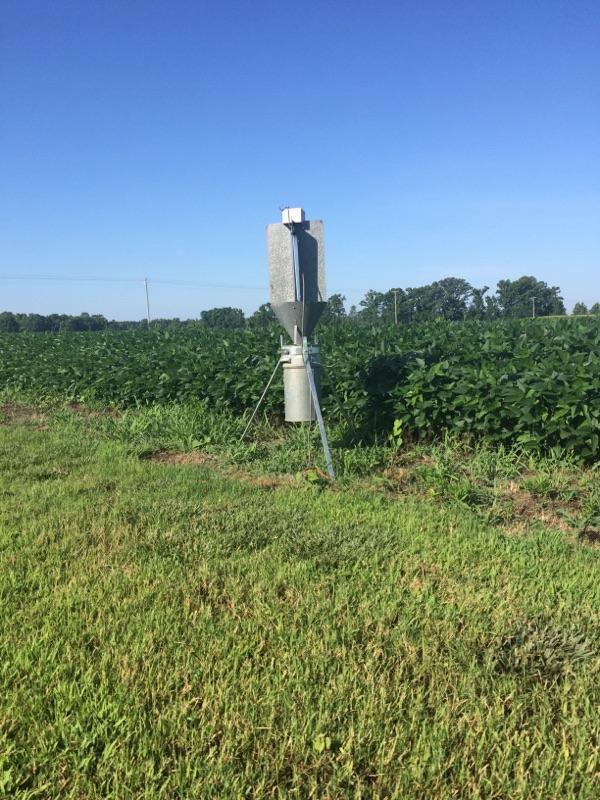Monitoring Important Pests for Field Crops
go.ncsu.edu/readext?475765
en Español / em Português
El inglés es el idioma de control de esta página. En la medida en que haya algún conflicto entre la traducción al inglés y la traducción, el inglés prevalece.
Al hacer clic en el enlace de traducción se activa un servicio de traducción gratuito para convertir la página al español. Al igual que con cualquier traducción por Internet, la conversión no es sensible al contexto y puede que no traduzca el texto en su significado original. NC State Extension no garantiza la exactitud del texto traducido. Por favor, tenga en cuenta que algunas aplicaciones y/o servicios pueden no funcionar como se espera cuando se traducen.
Português
Inglês é o idioma de controle desta página. Na medida que haja algum conflito entre o texto original em Inglês e a tradução, o Inglês prevalece.
Ao clicar no link de tradução, um serviço gratuito de tradução será ativado para converter a página para o Português. Como em qualquer tradução pela internet, a conversão não é sensivel ao contexto e pode não ocorrer a tradução para o significado orginal. O serviço de Extensão da Carolina do Norte (NC State Extension) não garante a exatidão do texto traduzido. Por favor, observe que algumas funções ou serviços podem não funcionar como esperado após a tradução.
English
English is the controlling language of this page. To the extent there is any conflict between the English text and the translation, English controls.
Clicking on the translation link activates a free translation service to convert the page to Spanish. As with any Internet translation, the conversion is not context-sensitive and may not translate the text to its original meaning. NC State Extension does not guarantee the accuracy of the translated text. Please note that some applications and/or services may not function as expected when translated.
Collapse ▲One of the concerns that farmers have are insect pests that can threaten their crops. One of the important things to do with any pest including insects is to monitor them and one of the tools used to monitor certain insect pests is a black light trap which attracts insects such as corn earworm moths, tobacco budworm moths, green stink bugs and brown stink bugs. These insects can be a problem to such crops as corn, soybeans, and cotton that are major crops in the region. By knowing when they are present in the region as well as tracking their numbers, growers can have a better idea when they need to be watching for them in their fields and subsequently when to take appropriate action, if needed.
The Pasquotank County Center is able to provide this information because of a volunteer. A local agribusiness employee, checks the trap on a regular basis and records their numbers on a North Carolina State University website. To access the information, click on the following link: https://www.ces.ncsu.edu/trap-data/

Black light trap for monitoring important field crop pests in Pasquotank County and the northeast region



